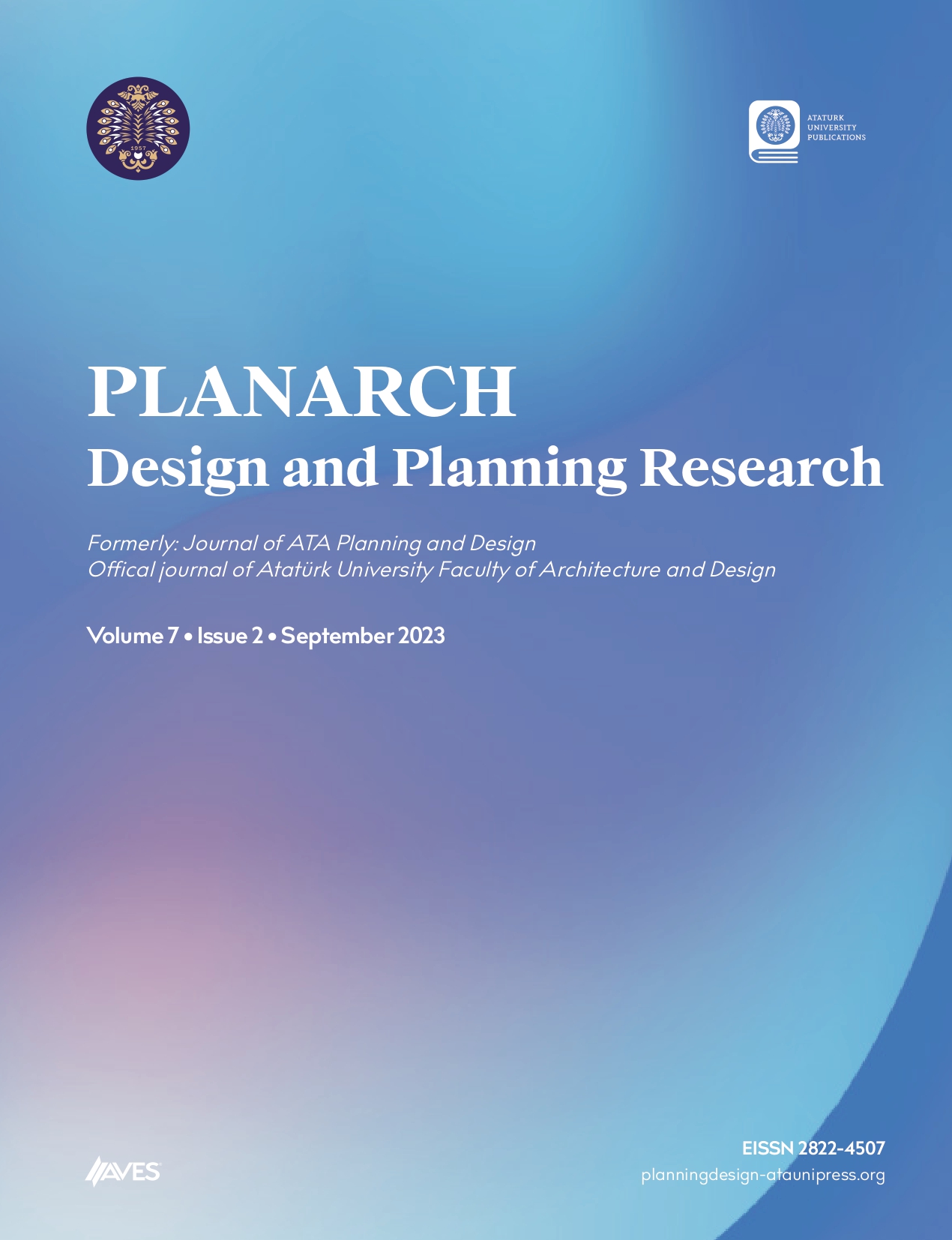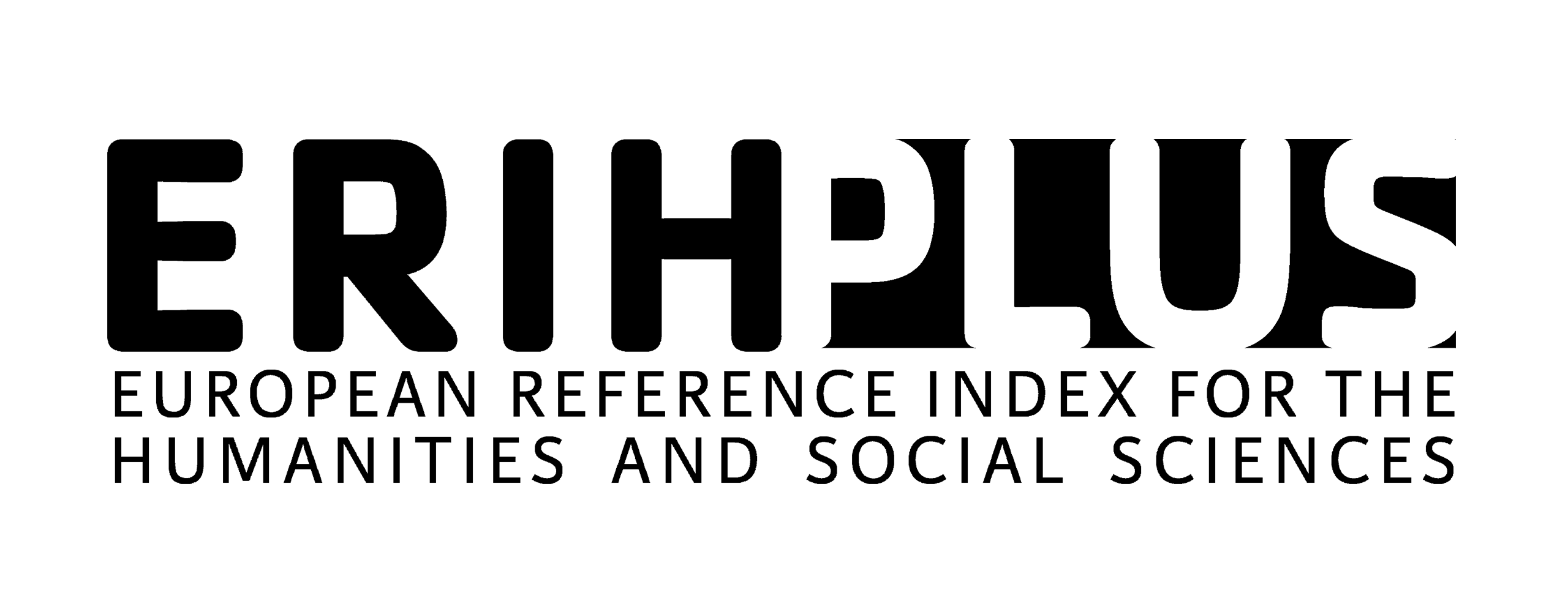Today it is clear that, for the mitigation of climate change, built environments should be designed according to energy efficiency criteria. For this reason, environmental conditions must be evaluated for site-specific designs based on sustainability. To design energy-efficient structures, it is essential to evaluate the parameters such as sun, wind, and material in the environment and to create alternatives for the orientation of the buildings. In this context, in this article, based on the climatic conditions of Ankara, the facade features of an office building were determined as a result of optimization simulations, and alternatives were created. The environmental condition data of the model, which was designed using the Rhino–Grasshopper program, were obtained with the Ladybug plug-in. Thanks to the Honeybee plug-in, the position of the sun was determined according to the day and time zones determined in Ankara, and in this way, alternative facades were produced to the facade design at the location of the building. By using the genetic algorithms, the best of these design alternatives was determined. This optimization method was achieved by detecting the highest peak thanks to frontal optimization based on solar radiation with Rhino–Grasshopper's Galapagos plug-in. Results show that the partitions on the facade changed according to the position of the sun. These partitioning alternatives were processed with Galapagos as different alternative inputs, and as a result, facade partitioning with the best possible alternatives emerged.
Gün Işığı Parametresine Dayalı Biyoklimatik Cephe Tasarımı ve Alternatiflerin Genetik Algoritmalar Aracılığı ile Optimizasyonu: Ankara'da Bir Ofis Binası
Günümüzde sürdürülebilirlik ilkesine dayanarak yere özgü tasarımlar üretebilmek için çevresel koşulların değerlendirilmesi gerekmektedir. Enerji performanslarına dayalı yapıların tasarlanabilmesi için çevredeki güneş, rüzgar, malzeme gibi parametrelerin değerlendirilmesi binaların tasarlanacakları konumlardaki alternatiflerinin oluşturulmasında fayda sağlamaktadır. Bu bağlamda bu makalede, Ankara’nın iklim koşullarına dayalı olarak bir ofis yapısının, cephe özelliklerinin optimizasyon simülasyonları ile alternatiflerinin tasarlanması ve bu tasarım alternatiflerinin genetik algoritmalar sayesinde değerlendirilmesi ile optimum cephe tasarımının saptanması gerçekleştirilmiştir. Rhino–Grasshopper programı kullanılarak tasarlanan modelin çevresel koşul verileri Ladybug plugin’i sayesinde elde edilirken Honeybee plug-in’i aracılığı ile de Ankara’da belirlenen gün ve saat dilimlerine göre güneşin konumu saptanmış ve yapının bulunduğu konumdaki cephe tasarımına alternatif cepheler üretilmiştir. Genetik algoritmalar kullanılarak bu alternatif cepheler içinde optimum cephe modelinin seçilimi gerçekleştirilmiştir. En iyinin seçiminde, Rhino–Grasshopper'ın Galapagos eklentisi ile güneş ışınımına dayalı ön optimizasyonu yapılmış ve en yüksek tepe noktası tespit edilmiştir. Sonuçlar, cephedeki bölümlemelerin güneşin konumuna göre değiştiğini göstermektedir. Cephedeki bölümleme alternatifleri Galapagos ile farklı alternatif girdiler olarak işlenmiş ve sonuç olarak mümkün olan en iyi alternatiflerle optimum cephe tasarımına ulaşılmıştır.
Anahtar Kelimeler: Biyoklimatik tasarım, gün işığı analizi, ladybug-honeybee analizleri, cephe optimizasyonu, genetik algoritma
Cite this article as: Özerol Özman, G., & Selçuk, S. A. (2023). Bioclimatic façade design based on daylight parameter and optimization of alternatives through genetic algorithms: An office building in Ankara. PLANARCH - Design and Planning Research, 7(2), 108-115.

.png)






